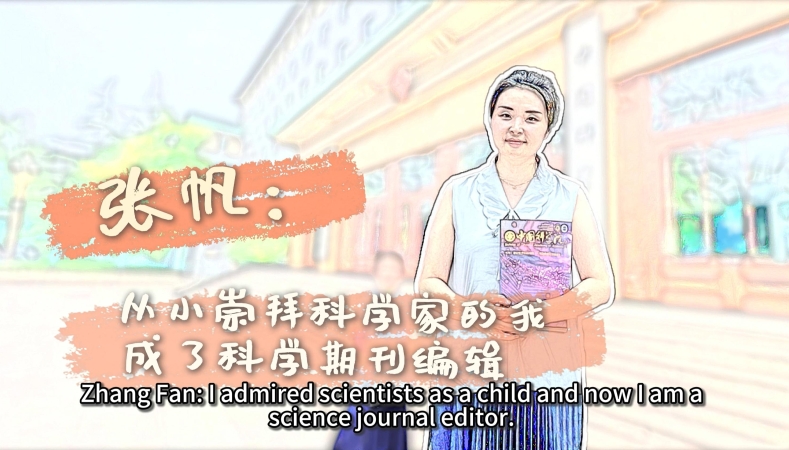Zhengguo Canal Benefits Humanity for 2 Millennia
By ZHAO Boyuan

Zhengguo Canal Scenic Area Shot by Unmanned Drone. (PHOTO: XINHUA)
Zhengguo Canal was first constructed in 246 BC, named after its designer Zheng Guo. It is a large canal located in the northern part of Guanzhong plain in northwest China's Shaanxi province. Together with the Dujiangyan Irrigation System and Lingqu Canal, it is one of the three biggest water conservancy projects built before the Qin dynasty. Its construction laid the economic foundation for the rise of the Qin Kingdom and the unification of ancient China. The canal has worked effectively as an irrigation infrastructure for more than 2000 years.
Zhengguo Canal diverted water from the Jing River to the east. When it was first built, the general main canal was built along the contour line of the second terrace of Weibei Plain and crossed many natural rivers. Its tail water flowed into the Luo River. The canal was 126 km long and irrigated a farmland area of about 77,000 hectares. In the dynasties that followed, the canal and its irrigation system were adjusted several times and the irrigation area was reduced.
The design ideas of Zhengguo Canal, such as the engineering technology of intercepting rivers along the way and the method of alkaline land controlled with silt offered rich experience in the design of water conservancy projects for later generations.
In 1932, the canal was rehabilitated again. A water diversion hub with a dam was built in the upstream of the original canal intake, and the Canal was renamed Jinghui (the benefits of Jing River). Today, its irrigation area covers east of the Jing River and west of the Shichuan River, including 48 townships of six districts and counties in a total area of 1,180 km2 and an irrigation area of 97,000 hectares. In 2016 the Zhengguo Canal Irrigation System was recognized as a World Heritage Irrigation Structure by the International Commission on Irrigation & Drainage.


